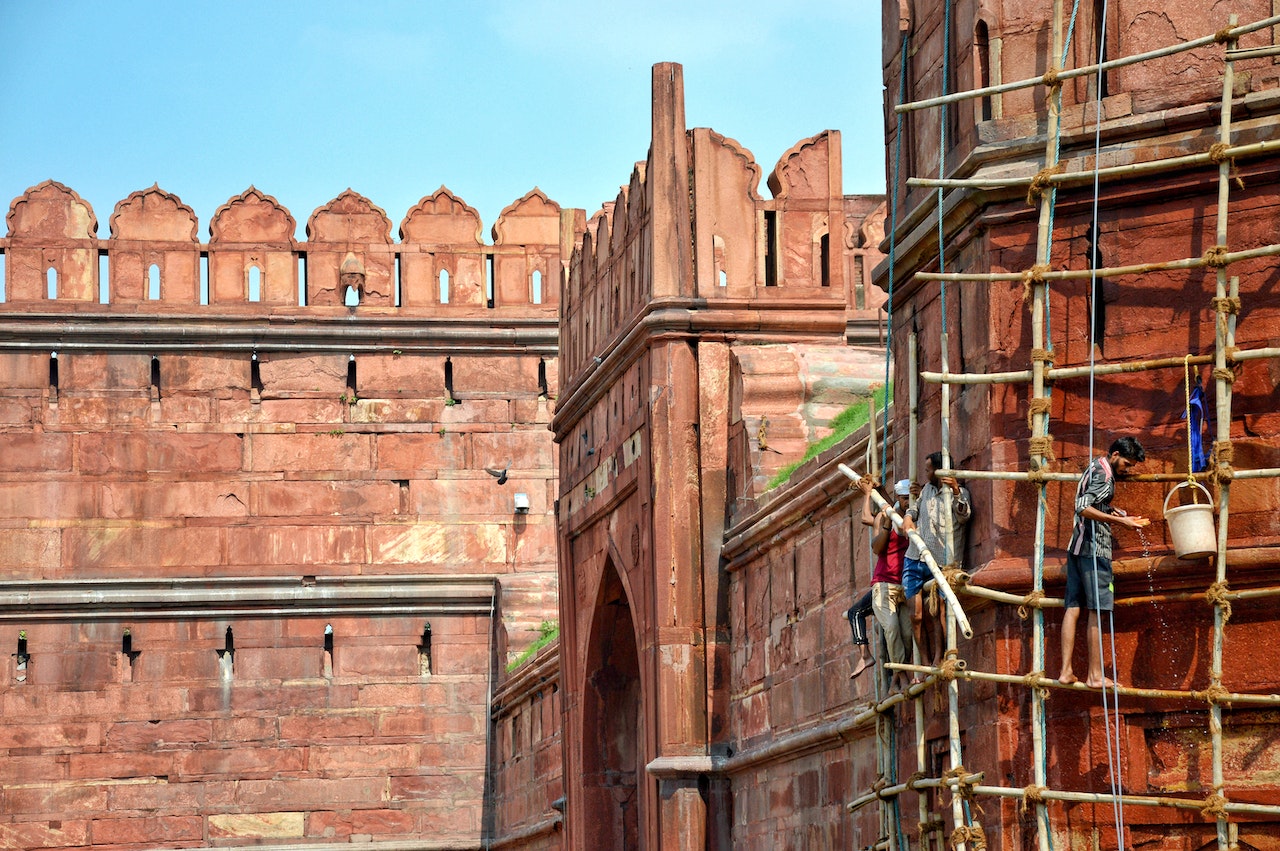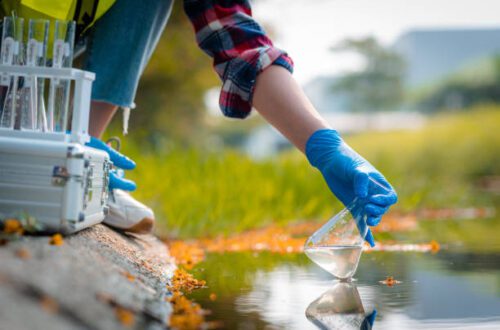Masonry professionals are trained to repair and restore brick, stone, and concrete structures. They know how to preserve a building’s historic appearance while meeting all modern standards.
Understanding the unique properties of masonry materials is crucial for long-lasting repairs. This is especially true for historic masonry. Brick and stone masonry is usually load-bearing and requires mortar joints to accommodate expansion, contraction, and settling.
Assessing the Damage
Masonry buildings are robust and built to last, but even the most rugged materials will degrade over time. The number one enemy of historic masonry is water, which leads to corrosion and internal steel expansion/contraction that needed to be historically accounted for in original designs.
A historic masonry restoration service will examine the damage and create a repair strategy that identifies underlying issues before scraping, cleaning, priming, and repainting. For instance, if moisture buildup leads to efflorescence or mortar erosion, correcting this issue will solve the problem before proceeding with other repairs.
A reputable masonry service will also ensure critical elements like flashings are in place (or reinstalled where necessary) to keep water away from brick and stone walls. This will help them last longer and maintain their structural integrity.
Repairing Cracks
Masonry is long-lasting and durable, but it can still be damaged by the elements over time. It is important to identify and address the cause of deterioration before conducting repairs. This may include leaking roofs, drainage issues, or extreme weather exposure.
During the masonry restoration, it is vital to carefully replace or patch damaged mortar without disturbing the existing brick or stone. The new mortar must match the properties of the existing materials (compressive and flexural strength, density, water absorption, vapor transmission, etc.).
This is often called tuckpointing. An experienced mason will be able to match the texture of the existing mortar and color so that it blends in seamlessly with the original brick. This is important because it prevents the cracks from becoming larger or creating additional damage.
Repainting
Masonry repair can be a delicate process that should only be performed by someone who knows how to do it correctly. Many well-intentioned masons have caused irreparable damage to historic buildings by using modern masonry materials incorrectly.
Repainting should be done with breathable paints that allow water to escape the masonry walls and aerate the stone. Historic brick and limestone are very porous, and moisture trapped in the masonry leads to the paint’s bubbling and the stone’s deterioration.
It’s important to use a color that matches the original masonry and mortar color so that it doesn’t change the character of the building. A masonry expert will be able to ensure that the replacement mortar matches the historic mortar in color, texture, and tooling.
Structural Repairs
Many historic masonry structures are built from limestone rock or other hard materials bound together with lime mortar. Paying special attention to this portion of the structure is important, as it will likely break down over time.
Tuckpointing is a process that repairs damaged mortar, but it must be done carefully to avoid further damage to the building. It’s also important to ensure that the new mortar matches the color and texture of the existing mortar.
Once a condition assessment is complete, any necessary temporary stabilization is installed for imminent hazards, and the project goals are defined, options for repair and restoration can be developed. The repair method will be determined based on the conditions identified, budget and schedule, and durability expectations.
Cleaning
Cleaning and re-staining can be important steps in historic masonry restoration. Cleaning is not usually done for aesthetic reasons but to remove deteriorating materials that obscure significant architectural features, damage masonry or make the building or structure unsafe. There are many ways to clean historic masonry, and each method should be carefully evaluated to ensure that the surface is cleaned without further damaging the materials. Pressure washing is often used but with low to moderate pressure to avoid over-washing, which can damage the material. Soaking with boric acid or detergent solutions can also be an effective way to clean masonry.
Using a company with specialized cleaners is crucial to ensure the right product is chosen for the right scenario. Each type of masonry material may require a different type of cleaning solution.






